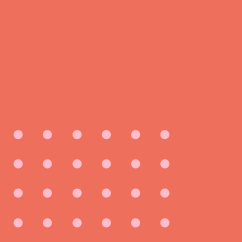Screenshots for Documentation
Capture a Good Screenshot The First Time, Every Time
Set the desired image for capture on your smallest monitor. If you have a laptop and a larger extended monitor, set the image on your computer.
Use your tool to draw a rectangle around the area you want to capture.
If your tool didn’t tell you how big the image would be when you were capturing it, check that the width is around 1,000 pixels. In our case, bigger is better. Tools may be used to edit the image.
Send the image without any markups to Knowledge Management or attach it to a Confluence page where it should live, with a written description of the image's illustration.
Technical Documentation uses advanced techniques to ensure consistency and clarity of document images that align with Thrive Brand standards.
Don’t Edit The Image
I have specialized tools and a consistent format to follow to keep our documentation crisp and consistent. Do not mark up the images or resize them. Paste them into the page, and I will modify them as I proofread.
What is a Good Size
Aim for at least 1,000 pixels wide for rectangular-shaped, landscape-oriented screenshots. Whatever length you need to capture will be fine if your width is 1,000 pixels. If you’re taking a portrait-oriented screenshot, you should be good if you can make your wide edge more like 500 pixels.
An excessively large image will exhaust storage, be slow to load, and may impact our SharePoint search engine optimization. An image may be shrunk but never made bigger without sacrificing resolution.
Working with an image bigger than 2,000 pixels on its longest edge is seldom advised, but sophisticated tools may be used if a large file size is inevitable.
Find the Image Size
There are a few ways you can see how big your image is.
You can check the file data by right-clicking on your image file, selecting properties, and checking the width and height in detail.
Know the image size using an image capture tool that tells you how many pixels you capture as you capture them. An example of a tool that does this is Greenshot.
Zoom In
If what you’re trying to capture isn’t 1,000 pixels across, make it as big as possible on your screen without anything getting cut off. You can hit CTRL and the + key (CMND and + on Mac) to zoom in on the area where your pointer sits.
For digital images, the image size is the number of pixels wide by the number of pixels long. When taking a screenshot, an image should have sufficient length and height.
Some Good Screenshot Tools
Of course, you’ll want a good screenshot tool. The best tools, in my opinion, save you a step and let you simply draw a rectangle around what you want to capture.
I have Windows, and the tools I like best for screenshots are Greenshot or ShareX. Microsoft Snipping Tool and SnagIt are also options.
I also have a Mac and use Skitch (owned by Evernote).
